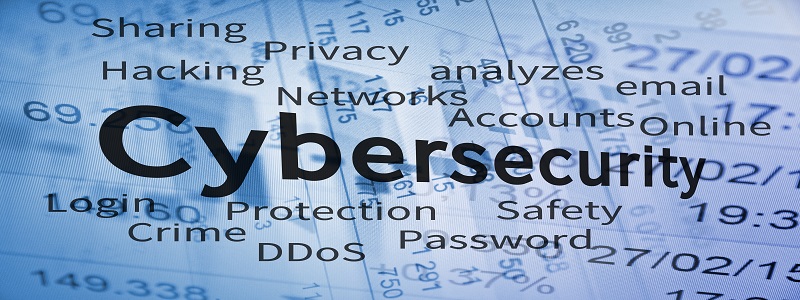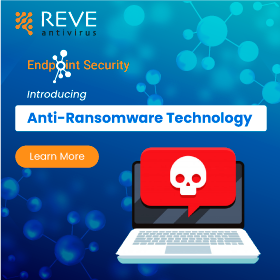
We live in an online world. No wonder the internet-based community is increasing as fast as the rest of global economy. But at the same time, the online world is significantly prone to cyber threats that lead to frequent attacks especially on SMBs as they lack in resources to protect themselves.
Large amounts of information, and businesses of all sizes, small or big, face cyber risks. As most companies compromise, the malicious attacks are rapidly evolving. 84% of businesses are online while 1 in 2 send and receive payments online, so it’s essential to protect your business information.
In this post, I have outlined top cybersecurity tips essential to be followed by every type of business.
Cloud Security
For convenience and cost-effective reasons, all SMBs should consider making a migration to the cloud, but the migration should happen carefully.
Incremental Cloud Backup
“The cloud has various benefits and risks, but one important thing SMBs should all be doing is the backup,” according to ESET’s Cobb. The best protection against Bad Rabbit Ransomware is to back up your current data, and making it is an important part of your cyber security and defence mechanism. Make sure you still back up to a hard drive and store a copy somewhere in a safe place and with the cloud, you can back up consistently.
Pay for Premium Cloud Security
“Most small business owners are price-conscious, but other factors must get the right amount of weight,” according to ADP’s O’Connell. “Some things should cost more for an advanced level of service and security is one of those things. Avoid making a decision based on price.”
Two-factor authentication
Make security your top priority and practice two-factor authentication on any device used by your company for email accounts, sensitive systems or social media feed. A person will require an extra credential to access from a new device or to change existing profile settings, which does not let attackers break in even if they have passwords.
Multi-factor authentication minimizes the risk of a compromise; having a password does not mean anyone can access an online account. When anyone leaves an organization, companies should shut down his/her accounts, or change login credentials.
Two-factor authentication adds extra steps to employees’ login procedures so avoid their frustration by taking a one step at a time. F-Secure security advisor advises,“Begin with the important accounts and scale up right from there as it turns into a habit.”
Encrypt Your Data
Ukraine based cyber security firm ISSP has alerted about the possible cyber attacks after recognizing a new computer virus distribution. According to an IBM study, “One data breach can cost a business an average of $4million. A massive data breach in 2014—an attack that released financial records of various customers— cost $200 million to the involved financial institutions, as per NBC report. Cisco and IBM have decided to address the cyber security issues together. You need to look at data encryption to avoid those hefty costs.
When you encrypt your data digitally, all information gets converted into the code called as ciphertext that requires a password to decrypt back all the data. It secures your valuable, confidential data that you don’t want to compromise with. Position encryption protocols on your operating systems, business email accounts, networks, and cloud storage.
Consider on-screen keyboards
One of the common methods hackers use to get access to your information is by recording your keystrokes by installing keylogging software. In case you are using shared computers, you cannot predict whether a keylogger is being installed or not. The solution to this is to use on-screen keyboards so that keyloggers will not be able to track your keystrokes. Today, most banks offer on-screen keyboards. You should use them and offer as an option to your customers.
Keep your systems updated
Your priority should be keeping your operating systems (OS) up-to-date. Many companies are reluctant to upgrade an OS as indicated by reports that 7% of computers are still running on Windows XP, even though it has not been updated for three years. The reason is that many businesses consider upgradation as an expensive process.
If you are still running an older OS on your computers, then you need to upgrade it to minimize the risks of cyber attacks. If you are running the latest OS, make sure you update it frequently.
Gary Miliefsky, CEO of SnoopWall, Inc., says, “Every computing device that connects to the internet should frequently be hardened. The latest patches must be installed.”
For instance, Microsoft came with an update months ago that addressed the WannaCry vulnerability. Is it on your computer? “If you have not been exploited, move quickly to close the hole,” Miliefsky advises.
Either have a consistent update schedule for your computers, or just set them to auto-update.
The bottom line is that data security should be at the top of your priority list. With the right precautions, you can greatly reduce the risk of catastrophic business interruptions due to data breaches.
- RaaS : The Dark Side of SaaS
- Hackers Target MOVEit Transfer’s Zero-Day Vulnerability, Emergency Patch Deployed
- How Scammers Are Utilizing ChatGPT? Few Tips To Be Safe
- World Backup Day: Why Data Backups are Important in Cybersecurity
- What is Social Engineering and How Cyber Criminals Use It
- Things To Know About Personally Identifiable Information (PII)
- What is Data Breach? Why and How It occurs? How To Prevent Data Breach


